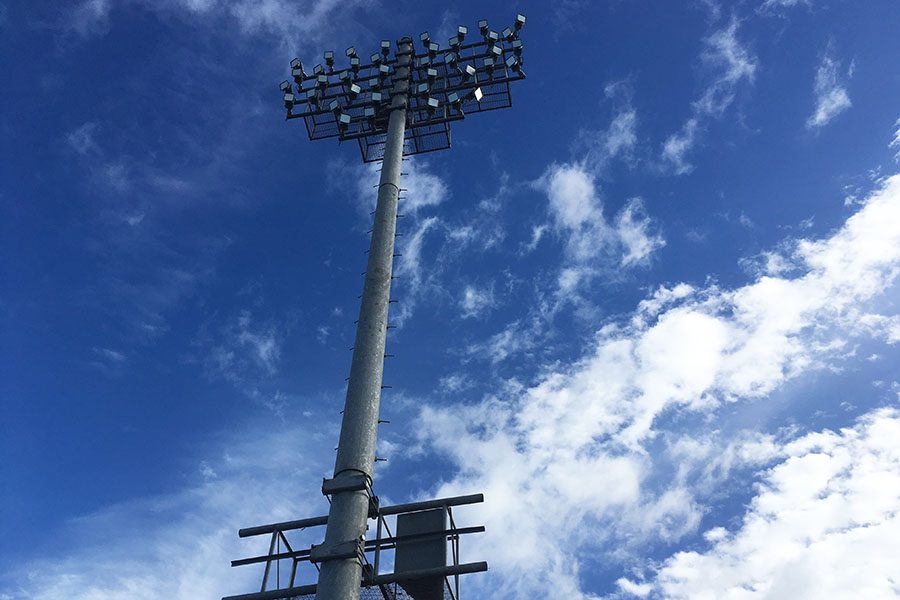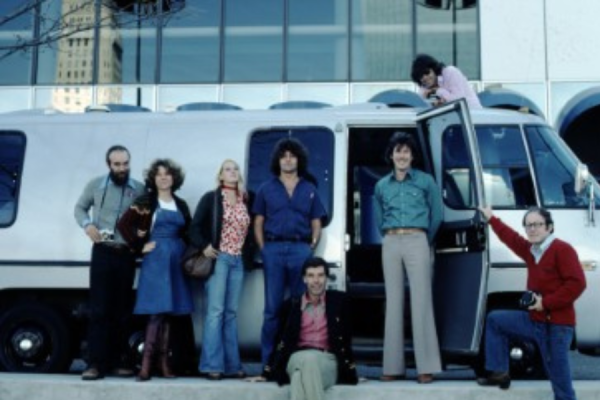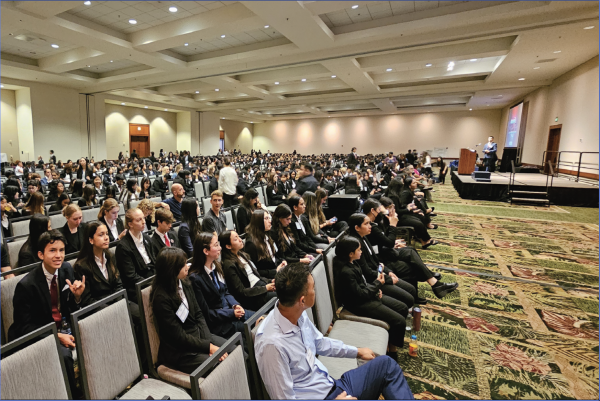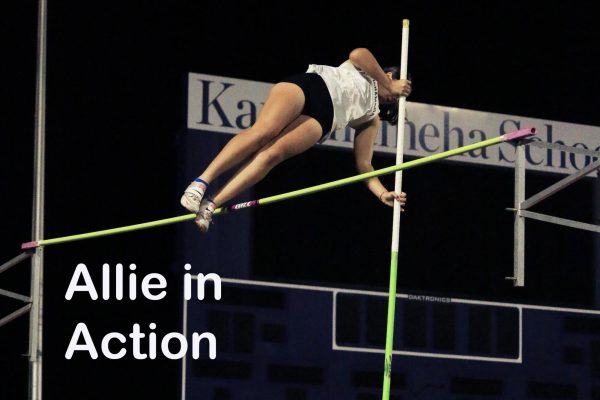Kekaulike’s new lights: safe, cost effective, conservative
Photo by Kimani Fernandez-Roy
King Kekaulike High School installed new LED lights in their football stadium at the beginning of the 2016-17 school year. They look over the island of Maui and can be much brighter than the old ones.
KULA–King Kekaulike High School installed brand new LED stadium lights this school year, replacing the dim ones they have had since the school’s opening in the late 1990’s.
“We were actually one of four different schools around the state chosen,” King Kekaulike athletic director Patrick Higa said. Along with Kahuku, Waipahu, and Kea’au High Schools, King Kekaulike was chosen to test out the efficiency of these new lights by the state.
Higa said he knew neither why they were selected nor were they given criteria they needed to follow, but called it both a “blessing and very nice surprise” to have been selected.
The state is hoping to have every school in the state using these lights in a few years, depending on how the outcome of their use with the chosen schools, he said.
Of all the many sports, the King Kekaulike soccer teams were the first of the sports to play in the stadium with all the lights completely set up.

The stadium lights overlook the island of Maui, and can be seen from downtown Maui at night.
Coach Higa said that the light bulbs for the old stadium lights needed to be replaced often and realized it was time for a change. The older lights would last from 2-3 three years before needing to be replaced, while the LED bulbs will last anywhere between 10 and 15 years. The long-lasting lights should prevent the school from having to continuously buy new bulbs.
Also, the new lights have a dimming system that allows them to alter the brightness of the lights.
“At 30 percent we were at 100 percent with the lights we had,” Coach Higa said. The lowest setting is 10 percent of capacity.
A control panel is located in the announcing room, and each dial controls a specific light post. They can be set through a control panel or by a computer that attaches with a USB cable to control the dimming.
These new lights not only last longer than the previous ones, they are also brighter, yet safer for birds flying in the area, especially the endangered Newellʻs shearwater.
The fledglings of this species can crash into stadium lights thinking that they are the moon or stars as they try to make their way to the ocean. They can then get run over by cars or killed by cats and dogs.
Most of the cases have happened on Kauaʻi due to the “suitable habitat provided there for the bird and the large shearwater bird population,” said Deborah Ward, Department of Land and Natural Resources communications specialist.
On Kauaʻi, actions have been taken to limit the amount of shearwater bird deaths at night, such as moving the Friday night games to the afternoon so that they will be over before night comes along.

Athletic Director Patrick Higa explains how the control panel for the lights work, and shows which light each dial corresponds to.
Although the brightness of King Kekaulikeʻs lights may cause a distraction to passing drivers due to their brightness (the lights can be seen brightly from downtown), so far, they havenʻt distracted the island’s birds.
In fact, safety is something that coach Higa said these LED lights would help with, allowing players to clearly see when on the field, plus, the reflectors of the lights can be angled to prevent birds and people from being blinded by the light. Each light post holds of dozens of smaller LED lights, so each light can be pointed in a different direction to address any problems.
However, if a bird were to hit their lights, “depending on the type of species, the proper protocols would then be put in place,” he said.
The Maui DLNR should also be contacted immediately after finding a fallen bird.
However, some Maui residents still believe that the lights are light pollution.
“We donʻt need any unnecessary lighting, and if there’s natural lighting, we should take advantage of it,” KSM junior Kaylee Cambra said. Cambra also said that sometimes the lights are distracting when driving, but understands that lighting is an important part of daily lives since people need it to see.









